
In Brera (Milan) to present how @elsa-euclid.bsky.social will use AI to study galaxies! @ec-euclid.bsky.social
10.12.2025 16:09 — 👍 1 🔁 2 💬 1 📌 0@elsa-euclid.bsky.social
Pushing the boundaries of spectroscopy with the European Space Agency's Euclid space telescope. Account run by @stephenserjeant.bsky.social and the ELSA team https://elsa-euclid.github.io/

In Brera (Milan) to present how @elsa-euclid.bsky.social will use AI to study galaxies! @ec-euclid.bsky.social
10.12.2025 16:09 — 👍 1 🔁 2 💬 1 📌 0
Sky viewing tool with Euclid's Dark Cloud in the infrared on top of a ground-based visible image.
We followed up #ESAEuclid's near-infrared image of the Dark Cloud LDN 1641 with a comparison to the NIR 2MASS survey, and to a bespoke ground-based image in visible light.
Here's the comparison including a tool to experiment yourself:
www.euclid-ec.org/clouds-darkn...
#ESA #space #science 🔭

Beautiful comparison of @ec-euclid.bsky.social's infrared view of an interstellar dark cloud, compared to what we see in optical light 🧪🔭 www.youtube.com/watch?v=MlmQ...
20.11.2025 16:20 — 👍 20 🔁 7 💬 0 📌 0wow....
20.11.2025 16:18 — 👍 3 🔁 0 💬 0 📌 0The solar flare that caused aurora here on Earth a few days ago, also caused a blizzard of particle impacts on @ec-euclid.bsky.social's detectors. Very nice explainer by @james4cet.bsky.social www.euclid-ec.org/here-comes-t... 🧪🔭
20.11.2025 16:17 — 👍 10 🔁 2 💬 0 📌 0
Blog post by @ec-euclid.bsky.social PhD student Ruby Pearce-Casey from her #DISCnet industry placement with #KeenAI, deploing her AI skills to new areas. Earlier, Ruby made a breakthrough in finding strong gravitational lenses in Euclid imaging using machine learning keen-ai.com/blog/anticip... 🧪🔭
13.11.2025 18:36 — 👍 3 🔁 1 💬 0 📌 0
Very nice blog post by my grad student Ruby Pearce-Casey (who's done excellent @ec-euclid.bsky.social work on finding strong gravitational lenses), from her #DISCnet industry placement with #KeenAI 🧪🔭 keen-ai.com/blog/anticip...
13.11.2025 18:33 — 👍 5 🔁 1 💬 0 📌 0Let me tell you, our officially-not-an-X-ray-telescope #ESAEuclid did notice this flare. Very much so. A gazillion cosmic ray hits, plus a shadow of hardware where the instruments aren't fully X-ray shielded.
I mean this was the 39th (?) strongest flare in 30 years.
Whoa. The scale of this thing.
That blast wave radiating away from the flare location is impressive. Esp. when you think about the size of the Earth in comparison.
It’s so very near that we live so close to a star and can watch its behaviour and activity.
A star and it’s just right there!
!["Euclid's ability to cover such a large area of sky makes it a marvellous place to find rare objects that often could not be discovered in any other way. Euclid also doesn't just take images; its spectroscopic instrument also splits light up like a rainbow to diagnose how redshifted (how far away) each galaxy is and the conditions inside each galaxy. In this paper [Vergani et al] we used Euclid's spectroscopic instrument to unveil a population of rare galaxies with stronger ionizing radiation inside them, perhaps caused by a curious, unusual history of star formation that's assembling the stellar masses of galaxies. Unpicking this will be the subject of a lot of future research, and this is just the tip of the iceberg of the rare object discoveries awaiting us with Euclid."](https://cdn.bsky.app/img/feed_thumbnail/plain/did:plc:rqzhexkrr5iazknlluqozsw7/bafkreibxkye62qpn3cwcxxt4z2bk6eq3c5aui4qyw3pz3xckbwunzmmuxq@jpeg)
"Euclid's ability to cover such a large area of sky makes it a marvellous place to find rare objects that often could not be discovered in any other way. Euclid also doesn't just take images; its spectroscopic instrument also splits light up like a rainbow to diagnose how redshifted (how far away) each galaxy is and the conditions inside each galaxy. In this paper [Vergani et al] we used Euclid's spectroscopic instrument to unveil a population of rare galaxies with stronger ionizing radiation inside them, perhaps caused by a curious, unusual history of star formation that's assembling the stellar masses of galaxies. Unpicking this will be the subject of a lot of future research, and this is just the tip of the iceberg of the rare object discoveries awaiting us with Euclid."
Many other @ec-euclid.bsky.social papers being released this week, including by Daniela Vergani and team on discoveries of galaxies with unusual emission lines - here's an explainer by @stephenserjeant.bsky.social 🧪🔭
07.11.2025 17:59 — 👍 5 🔁 1 💬 0 📌 0Many new @ec-euclid.bsky.social papers have just been released too, including this beautiful morphological tuning fork of galaxies 🔭🧪 This page is interactive - have a play! www.euclid-ec.org/euclid-morph...
07.11.2025 17:55 — 👍 10 🔁 4 💬 1 📌 0
Image taken by the Euclid space telescope of stars on a dark background, with wispy clumps in the foreground that comprise an infrared dark cloud, made visible via Euclid's infrared camera.
Some marvellous @ec-euclid.bsky.social press releases just out! A beautiful image of a shimmering infrared dark cloud observed with Euclid www.esa.int/ESA_Multimed...
07.11.2025 17:51 — 👍 4 🔁 2 💬 0 📌 1Rather lovely blog marking the second anniversary of the launch of @ec-euclid.bsky.social, by @knudjahnke.bsky.social www.euclid-ec.org/second-anniv... 🔭🧪
02.07.2025 17:04 — 👍 5 🔁 1 💬 0 📌 0
arXiv version of the paper: arxiv.org/abs/2506.15644
20.06.2025 18:08 — 👍 1 🔁 0 💬 0 📌 0
"Almost dark galaxy" discovered with the help of the @ec-euclid.bsky.social archive - press release in English 🧪🔭 www.statistics.utoronto.ca/news/candida...
16.06.2025 16:19 — 👍 9 🔁 3 💬 1 📌 0
Here's a link to the academic paper (free, open access): iopscience.iop.org/article/10.3...
16.06.2025 16:15 — 👍 1 🔁 0 💬 0 📌 0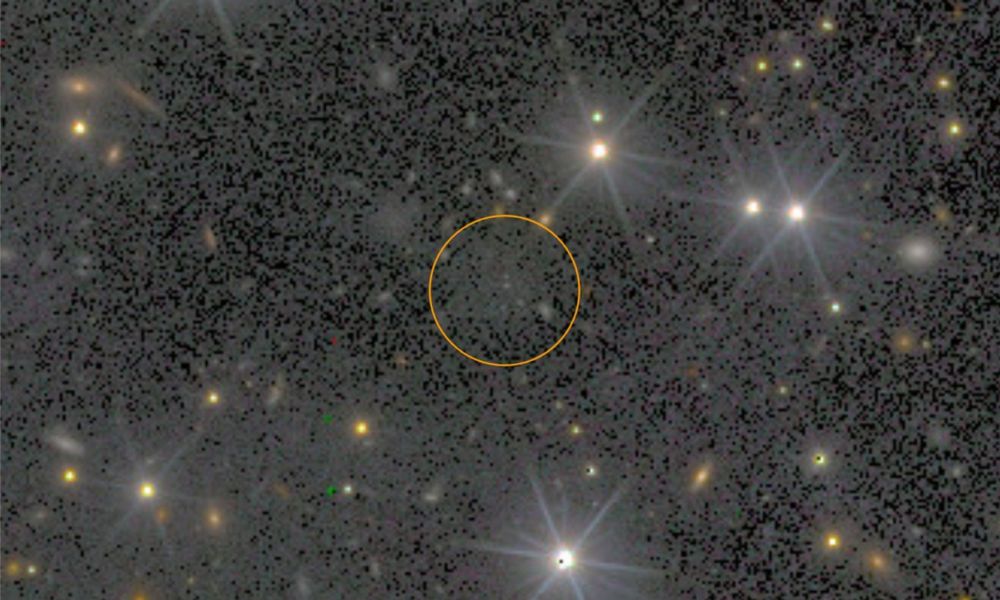
New Euclid archive result: discovery of an "almost dark galaxy" with four globular clusters. Wonderful to see the community make great use of the @ec-euclid.bsky.social archive! Press release (in German): 🔭🧪 www.uibk.ac.at/de/newsroom/...
16.06.2025 16:13 — 👍 14 🔁 7 💬 1 📌 0Thank you :)
16.06.2025 09:37 — 👍 1 🔁 0 💬 1 📌 0
Black Holes www.youtube.com/watch?v=5p3k...
16.06.2025 09:33 — 👍 0 🔁 0 💬 0 📌 0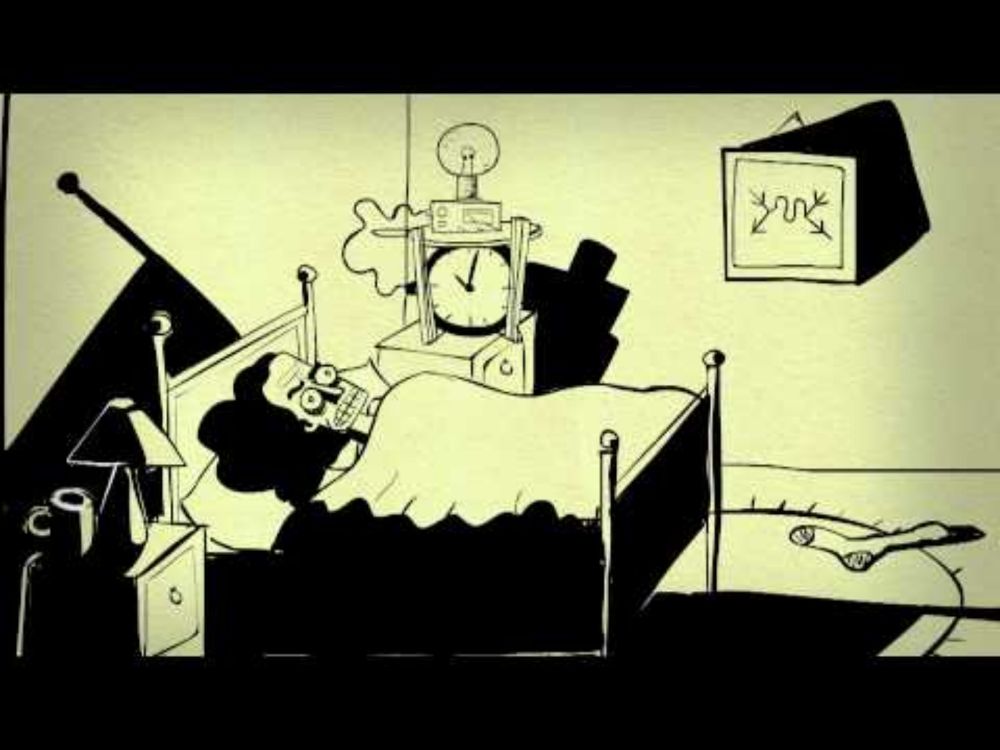
Special Relativity www.youtube.com/watch?v=mU04...
16.06.2025 09:31 — 👍 1 🔁 0 💬 1 📌 0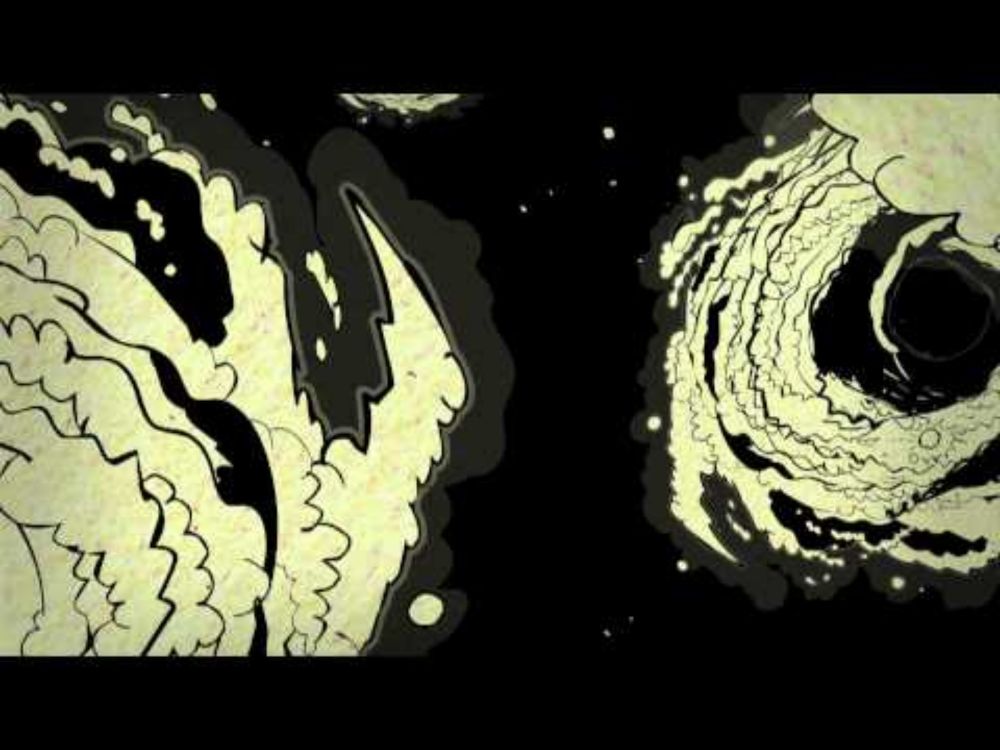
Dark Energy (featuring the @ec-euclid.bsky.social telescope) www.youtube.com/watch?v=7Yc2...
16.06.2025 09:30 — 👍 1 🔁 0 💬 1 📌 0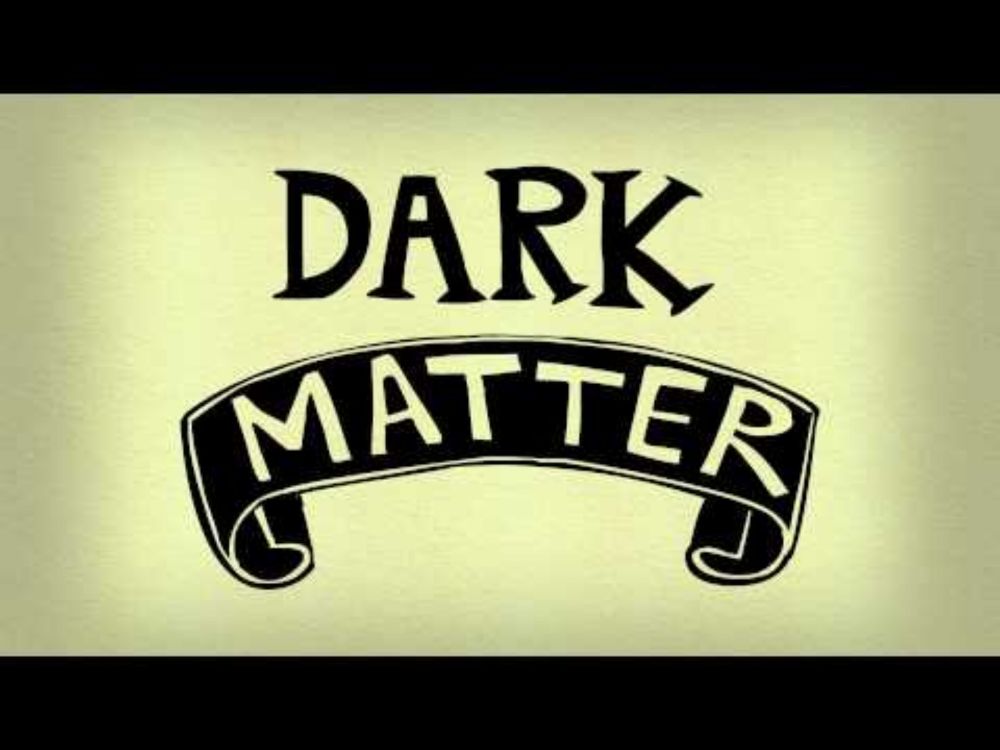
Dark Matter (the stuff that creates most of the gravitational lensing signals seen by @ec-euclid.bsky.social )
www.youtube.com/watch?v=C8ZO...

Event horizons
www.youtube.com/watch?v=M7xT...

Supernovae (and watch for the scholarly pronounciation of the word by a history graduate, unlike that of astronomers)
www.youtube.com/watch?v=M7xT...
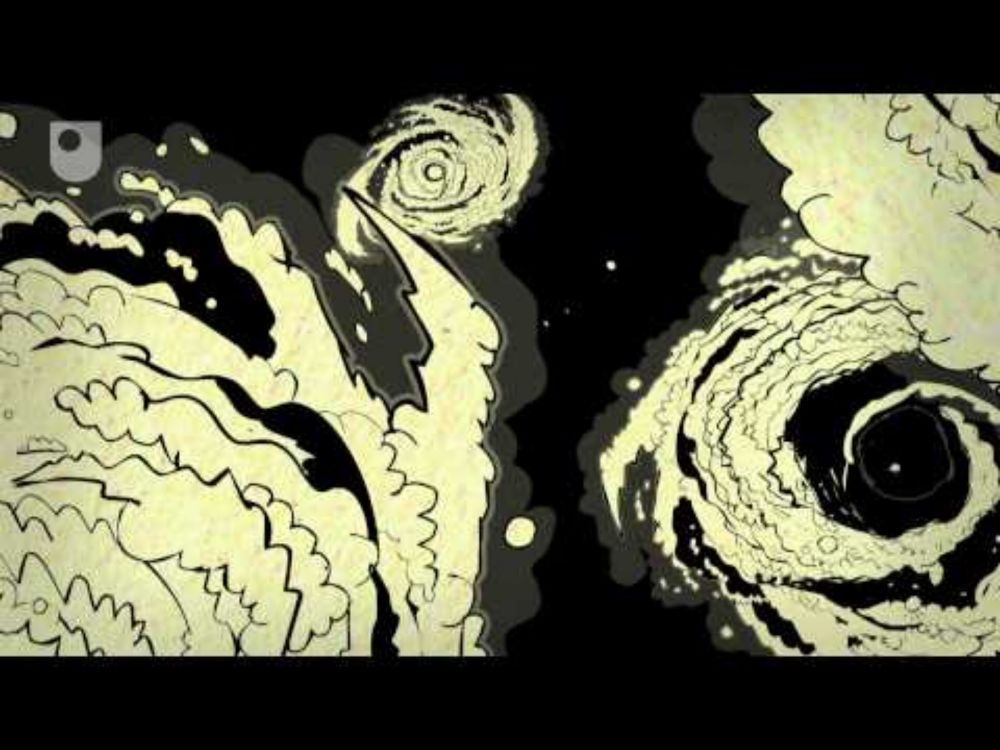
A short 🧵 on some lovely Euclid-relevant Sixty Second Adventures, commissioned earlier by ELSA project members and narrated by the excellent David Mitchell 🧪🔭
The Big Bang:
www.youtube.com/watch?v=6bPL...
The mathematical poet Piet Hein wrote this lovely poem about Euclid, titled Parallelism 🧪🔭 /cc @ec-euclid.bsky.social
"Lines that are parallel
meet at Infinity!"
Euclid repeatedly,
heatedly,
urged.
Until he died
and so reaching that vicinity
in it he
found that the damned things diverged.

On the other microblogging site (no, not that one, the _other_ other microblogging site), the astrodon.social server is being decommissioned, so we've migrated our Mastodon account and moved most of its content over to mastodon.social/@elsa_euclid . Come and say hello! 🧪🔭
09.06.2025 14:59 — 👍 2 🔁 1 💬 0 📌 0We're planning a citizen science project for volunteers to rummage the spectroscopic data from the ESA Euclid mission. Watch this space (metaphorically, and in time, literally) @science.esa.int @ec-euclid.bsky.social 🧪🔭
24.03.2025 14:24 — 👍 13 🔁 2 💬 1 📌 0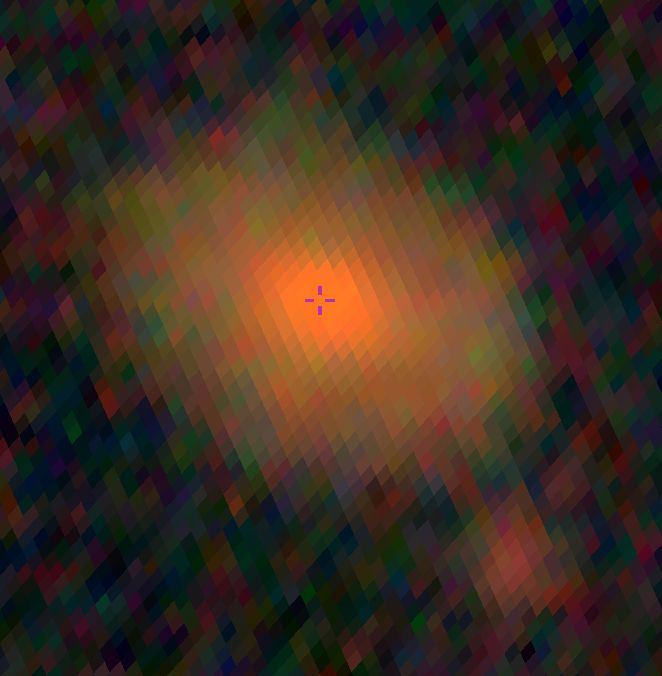
The DSS galaxy (a red blob)
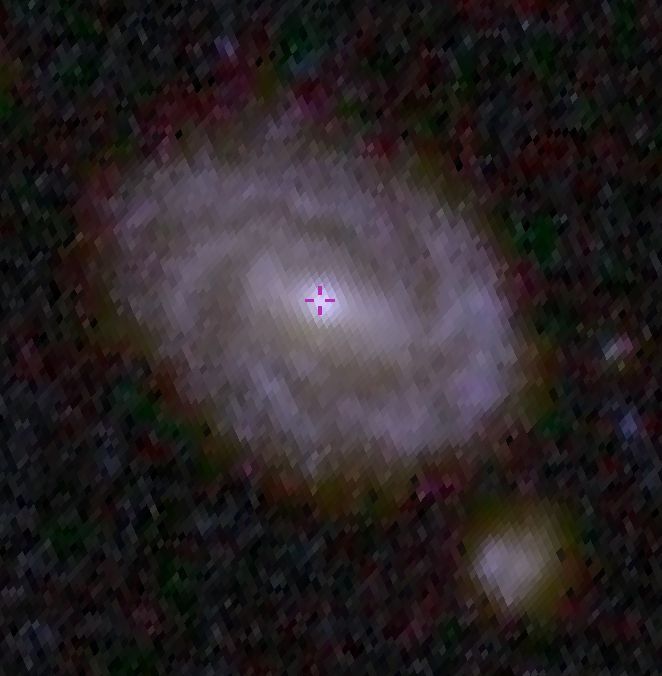
The Euclid galaxy (you can now see arms! detail! it's amazing)
The new EULICD data release is AMAZING! 🔭
Here's a before / after of a random galaxy I found in one of the new images, comparing against the Digitized Sky Survey.
I highly recommend taking a look around on ESA Sky - it's fun! Link: sky.esa.int/esasky/?targ...
![LEFT - Image description: A sea of stars and galaxies sparkle against a black background. Several galaxies can be identified by their elongated shape and/or spiral arms. Some galaxies are seen edge-on while one prominent spiral galaxy at the bottom centre is seen face-on. At the far right, between the middle and top of the image, are some interacting galaxies. Galaxy clusters are also seen, in particular near bottom centre, where features smeared into arcs represent gravitational lensing. The brightest stars in the image have diffraction spikes.]](https://cdn.bsky.app/img/feed_thumbnail/plain/did:plc:iphxf5zrpaszglsl4o7w6sts/bafkreihzhue4yyjz3lvmxtti7wiqy3xsj7gnnsst4yidzv7t2tchfkc2zu@jpeg)
LEFT - Image description: A sea of stars and galaxies sparkle against a black background. Several galaxies can be identified by their elongated shape and/or spiral arms. Some galaxies are seen edge-on while one prominent spiral galaxy at the bottom centre is seen face-on. At the far right, between the middle and top of the image, are some interacting galaxies. Galaxy clusters are also seen, in particular near bottom centre, where features smeared into arcs represent gravitational lensing. The brightest stars in the image have diffraction spikes.]
![RIGHT - Image description: A sea of stars and galaxies sparkle against a black background. Several galaxies can be identified by their elongated shape and/or spiral arms. Some galaxies are seen edge-on while one prominent spiral galaxy at the bottom centre is seen face-on. At the far right, between the middle and top of the image, are some interacting galaxies. Galaxy clusters are also seen, in particular near bottom centre, where features smeared into arcs represent gravitational lensing. The brightest stars in the image have diffraction spikes.]](https://cdn.bsky.app/img/feed_thumbnail/plain/did:plc:iphxf5zrpaszglsl4o7w6sts/bafkreie2frmpqe62cztq5ytjbs7ivoyaka76hylwqb2pjqmheukf7ebvpy@jpeg)
RIGHT - Image description: A sea of stars and galaxies sparkle against a black background. Several galaxies can be identified by their elongated shape and/or spiral arms. Some galaxies are seen edge-on while one prominent spiral galaxy at the bottom centre is seen face-on. At the far right, between the middle and top of the image, are some interacting galaxies. Galaxy clusters are also seen, in particular near bottom centre, where features smeared into arcs represent gravitational lensing. The brightest stars in the image have diffraction spikes.]
Okay, we’re sorry…it’s a school night, we know…
But, stick with us, because we’ve got a case of the zoomies! 🔍
Here’s an area of Deep Field South zoomed in 16x 🌌 (1/3)